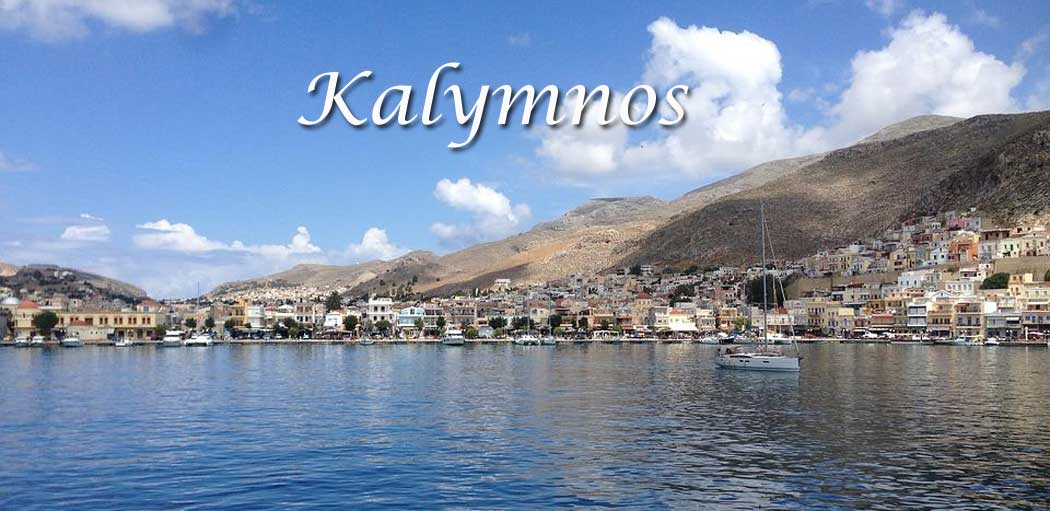History of Kalymnos from the Roman period until 1947
During the Roman occupation, Kalymnos belongs to the Province of the Islands.With the Ottoman rule in the Aegean, the raids decreased and the inhabitants slowly descended from the Castle and settled in the surrounding area.
Their main occupation is agriculture and the first small sponge boats appear timidly.
The people of Kalymnos remained inside the Castle until 1750. They came out only to cultivate their meager land or to graze their animals.
After 1750, when the pirate raids stopped, the inhabitants of the Castle began to build new houses under it and to build the first settlements: Thenia, Kokhalaria, Yakha, Vathi and Stimenia.
In about 50 years the Castle was empty while the town began to flourish rapidly and people began to spread again throughout the island.
Chora was the capital of the island during the 18th and 19th century. After 1850, Pothia began to be built, which was to become the new capital of the island.
In 1821 the people of Kalymnos, although in a state of autonomy, participated in the Greek Revolution and even took part in the naval battle that took place near their island, on August 29, 1825.
At that time, the Provisional Government of Greece subordinated Kalymnos to the Greek state and sent administrative and naval authorities to the island.
Together with Leros, Patmos and Ikaria they received the title “Supplementary islands of the eastern Sporades”. Later, I. Kolettis was appointed their special commissioner.
However, when the borders of the Greek state were defined, Kalymnos was exchanged with Evia, as a result of which it returned once again to the Ottomans.
In 1835 its autonomy was recognized by an imperial decree (as well as for Patmos, Leros and Ikaria).
The people of Kalymnos, together with the other barren islands of the Aegean, seized privileges from the Sultans, which they passionately defended from subsequent attempts to encroach on them.
They were thus able to develop a wonderful system of local government, the “Demogerontia”, providing all the people with free health and education goods.
During this period, the flourishing of sponge fishing begins in Kalymnos, which for many years will be inextricably linked to the socio-economic situation of Kalymnos.
At the beginning of the 19th century, sponge fishing is described as follows:”At the beginning of May, a group of 4-7 people started with a boat of 6-8 meters and some supplies (roasted mutton or goat meat, a few legumes, rice, olives, cheese and barley nut), to fish sponges with a unique supply of endurance of their respiration.
They dived up to 30 meters to extract sponges that were marked with glass from the boat. They returned to the island in early September.
“Kalymnos merchants (gyrologists initially) bought and processed sponges, which they sold on the streets, starting from Syra, Nafplio, Istanbul to pass through Odessa, Kyiv, St. Petersburg, Moscow and Vilnius to Western Europe.”
The industrial revolution in Western Europe created a great demand for sponges.
A census of 1825 states 5,000 inhabitants in Kalymnos, which in 1912, when the Italians occupied the Dodecanese, had a population of 23,200 due to the large number of settlers who had flocked from the surrounding islands, in search of a livelihood from sponge fishing.
The island experienced great trials (famine, bombing) during the Greek-Italian war and the Occupation.
It should be noted that in 1943-1944 with the occupation of the islands by the Germans, out of the 12,500 Kalymnians that existed on the island, 9,000 left mainly in the Middle East, in order not to die of starvation.
After the end of World War II, on March 7, 1948, the island was officially and definitively integrated into the borders of the Greek state along with the rest of the Dodecanese.
